These unique botanical wonders hold tremendous potential for the pharmaceutical industry, traditional medicine, and alternative therapy fields. In recent years, there has been a growing interest in exploring and harnessing the healing properties of these plants. 1. The Philippines’ Biodiversity Hotspot: The Philippines is one of the world’s 17 mega-diverse countries, boasting an impressive array of plant species, many of which possess medicinal properties. With over 7,000 islands, its varied geography nurtures diverse ecosystems, where rare medicinal plants flourish.

.
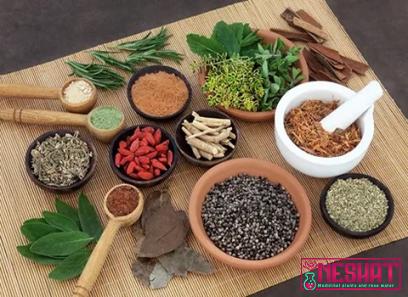 From the dense rainforests of Palawan to the mountainous regions of Luzon, the country offers a plethora of opportunities for researchers and collectors. 2. Prominent Rare Medicinal Plants: Among the extensive collection of rare medicinal plants found in the Philippines, there are a few notable examples that have garnered attention for their healing properties. One such plant is the Banaba (Lagerstroemia speciosa), which has been traditionally used to regulate blood sugar levels and tackle diabetes. Another noteworthy plant is the Yerba Buena (Clinopodium douglasii), known for its analgesic and antipyretic properties, offering relief from pain and fever.
From the dense rainforests of Palawan to the mountainous regions of Luzon, the country offers a plethora of opportunities for researchers and collectors. 2. Prominent Rare Medicinal Plants: Among the extensive collection of rare medicinal plants found in the Philippines, there are a few notable examples that have garnered attention for their healing properties. One such plant is the Banaba (Lagerstroemia speciosa), which has been traditionally used to regulate blood sugar levels and tackle diabetes. Another noteworthy plant is the Yerba Buena (Clinopodium douglasii), known for its analgesic and antipyretic properties, offering relief from pain and fever.
..
 3. Traditional Medicine and Indigenous Knowledge: Traditional medicine plays a significant role in the Philippines, and the knowledge of rare medicinal plants has been passed down through generations. Indigenous communities hold a wealth of information about these plants, often using them in their healing practices. Collaborating with these communities can provide insights into the identification, cultivation, and sustainable harvesting of these rare plants, leading to mutually beneficial partnerships. 4. Potential for Pharmaceutical Applications: The abundant bioactive compounds present in rare medicinal plants offer immense potential for the pharmaceutical industry. These compounds can be isolated, synthesized, and incorporated into various medications, offering alternative treatments for a range of ailments. Extracts derived from rare plants like Tsaang Gubat (Ehretia microphylla) have shown promising results in antibacterial studies, while Acmella oleracea has exhibited potential anti-inflammatory properties.
3. Traditional Medicine and Indigenous Knowledge: Traditional medicine plays a significant role in the Philippines, and the knowledge of rare medicinal plants has been passed down through generations. Indigenous communities hold a wealth of information about these plants, often using them in their healing practices. Collaborating with these communities can provide insights into the identification, cultivation, and sustainable harvesting of these rare plants, leading to mutually beneficial partnerships. 4. Potential for Pharmaceutical Applications: The abundant bioactive compounds present in rare medicinal plants offer immense potential for the pharmaceutical industry. These compounds can be isolated, synthesized, and incorporated into various medications, offering alternative treatments for a range of ailments. Extracts derived from rare plants like Tsaang Gubat (Ehretia microphylla) have shown promising results in antibacterial studies, while Acmella oleracea has exhibited potential anti-inflammatory properties.
…
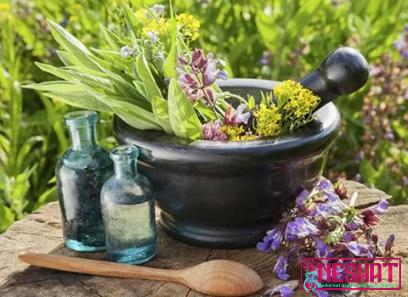 5. Conservation and Sustainability: As more attention is drawn to these rare medicinal plants, there is a pressing need to ensure their conservation and sustainable use. Overharvesting, habitat destruction, and climate change pose significant threats to the survival of these plants, which underscores the importance of responsible cultivation and ethical sourcing. Collaborative efforts between researchers, herbalists, and environmental organizations can help develop protocols for cultivation and establish protected areas for these valuable species. Conclusion: The rare medicinal plants found in the Philippines offer a rich source of potential cures and treatments that remain largely untapped. Exploring and harnessing the healing properties of these unique plants not only has the potential to improve healthcare but also provide economic opportunities for local communities. Embracing sustainable practices, preserving traditional knowledge, and promoting responsible cultivation are crucial in protecting and harnessing the potential of these rare botanical treasures.
5. Conservation and Sustainability: As more attention is drawn to these rare medicinal plants, there is a pressing need to ensure their conservation and sustainable use. Overharvesting, habitat destruction, and climate change pose significant threats to the survival of these plants, which underscores the importance of responsible cultivation and ethical sourcing. Collaborative efforts between researchers, herbalists, and environmental organizations can help develop protocols for cultivation and establish protected areas for these valuable species. Conclusion: The rare medicinal plants found in the Philippines offer a rich source of potential cures and treatments that remain largely untapped. Exploring and harnessing the healing properties of these unique plants not only has the potential to improve healthcare but also provide economic opportunities for local communities. Embracing sustainable practices, preserving traditional knowledge, and promoting responsible cultivation are crucial in protecting and harnessing the potential of these rare botanical treasures.


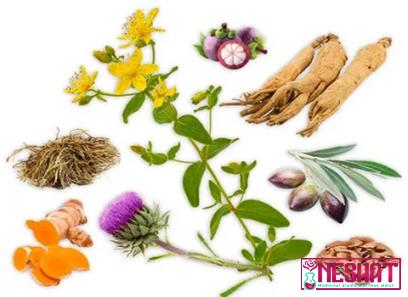

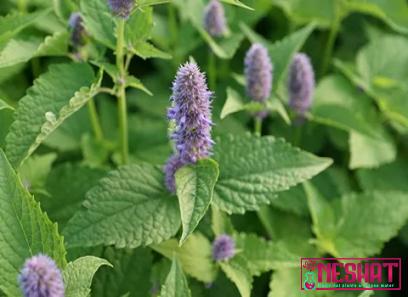

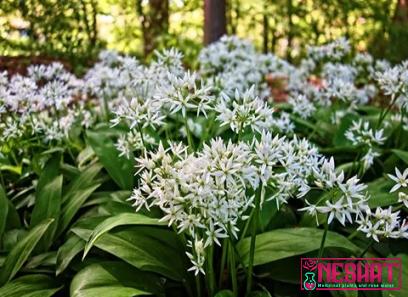



Your comment submitted.